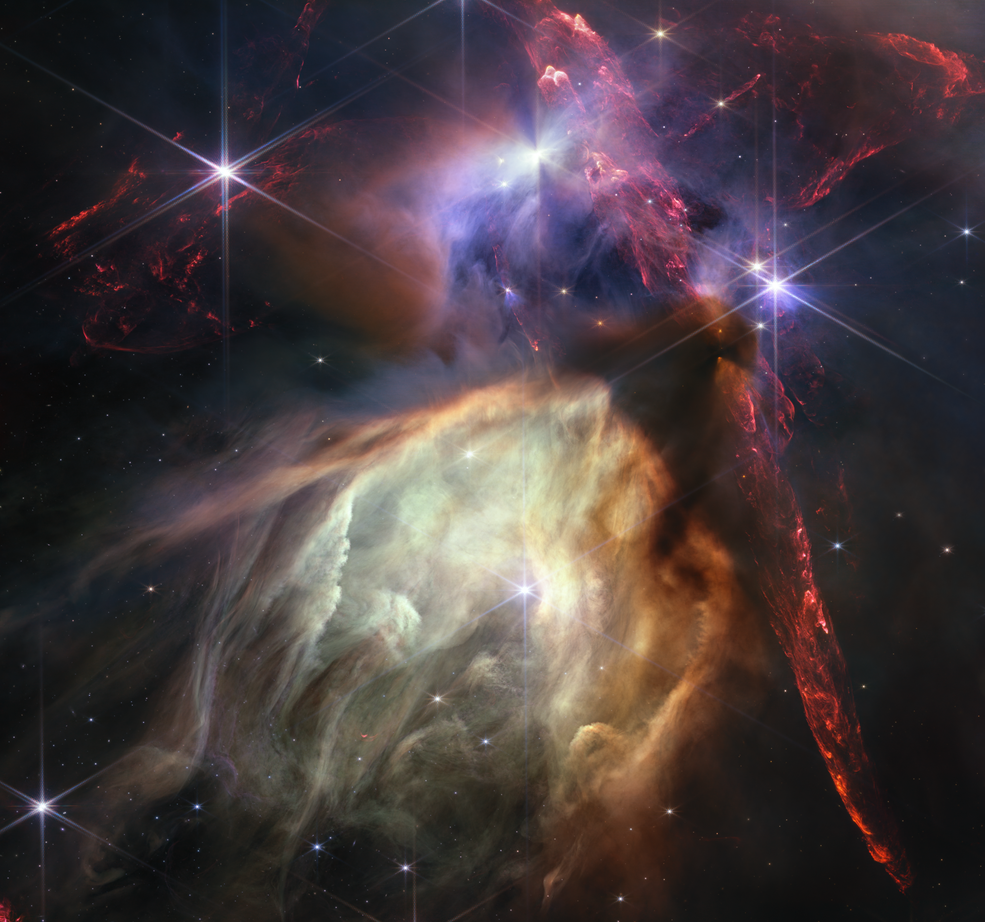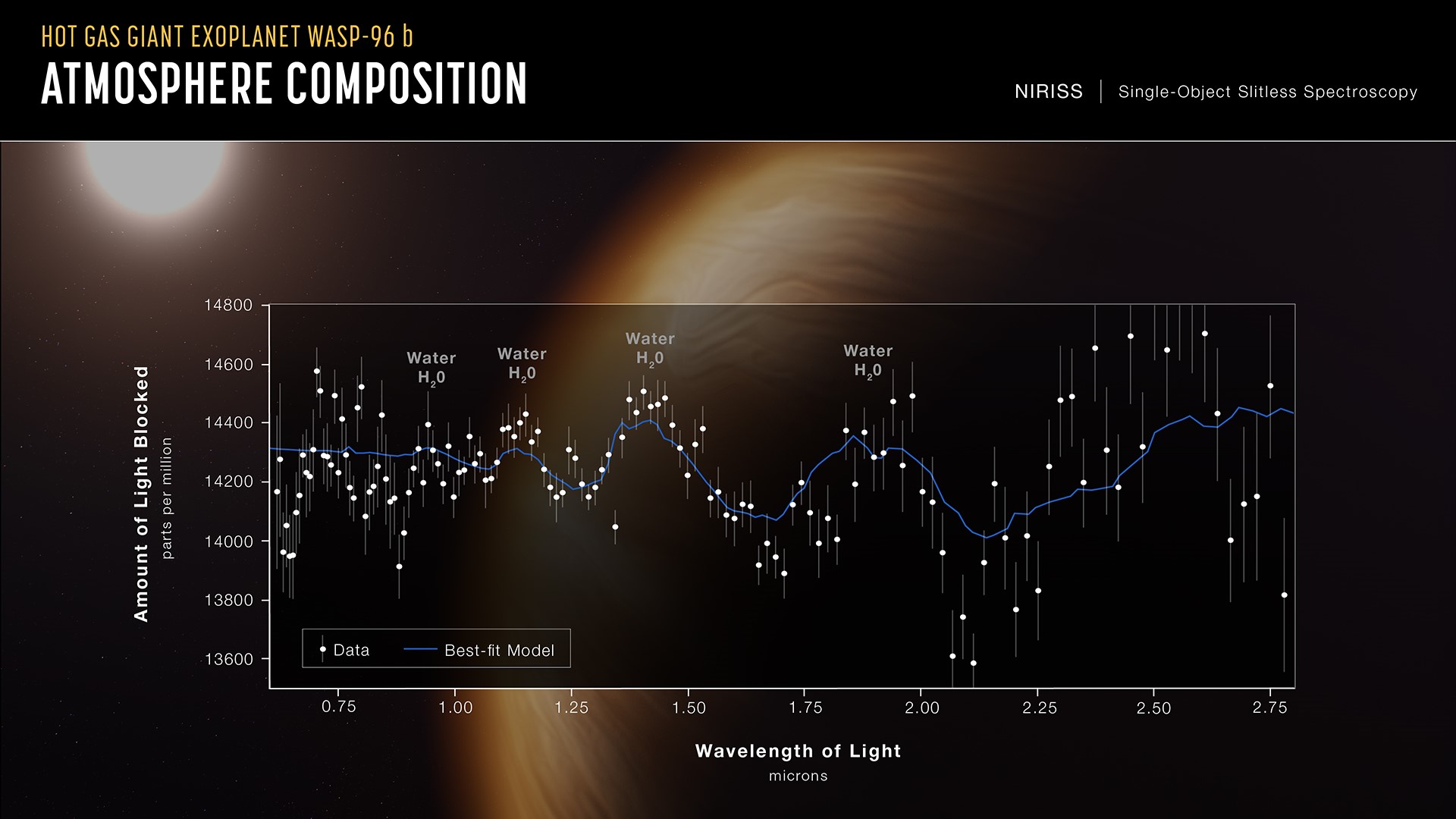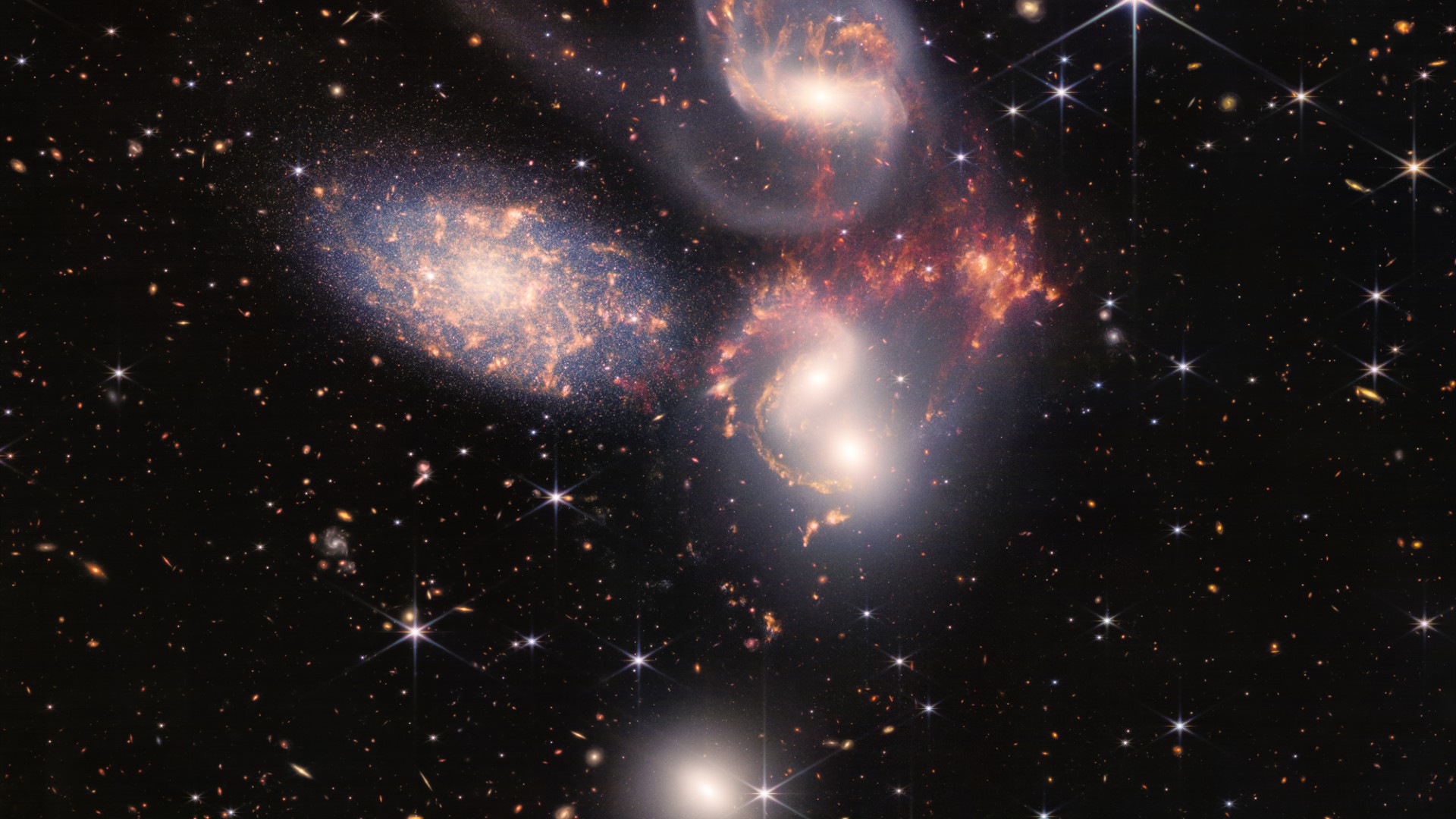James Webb Space Telescope's 'exquisite' 1st year has some astronomers in tears - but in a good way (exclusive video)
July 12 marks one year since the James Webb Space Telescope's first four images were released to the public.
To mark the occasion, NASA expert Taylor Hutchison spoke to Space.com about the impact the $10 billion James Webb Space Telescope (JWST) has had on science in its first 12 months. The astrophysicist also explained what could be forthcoming from the JWST during its second year of operations.
The first thing Space.com asked Hutchison is how the James Webb Space Telescope has changed astronomy since its first images were seen by the public on July 11 and July 12, 2022. "Oh, gosh! It's changed so much. It's funny; this is a telescope that we were anticipating for many, many years. And now that we have this data, it's really opened up so much science that wasn't possible before," Hutchison exclaimed. "The kind of light that it probes in the universe has begun to uncover things that we've never been able to see before. And so it really has revolutionized quite a bit of science, just in this first year."
Hutchison went on to explain that the JWST is a feat of engineering that has made her field of science, the observation of very early galaxies, much more accessible by allowing astronomers to see further back in time than ever before.
"NASA put out four science goals for this observatory. And one of them happened to be trying to look back in time, as far as we possibly can, to see some of these first galaxies that ever formed," Hutchison said. "I think that's probably the most exciting part to me; we're continuing to push the limits of how much further we can go and how much we can push this telescope to see as far as it possibly can."
The current limit of the JWST's vision has allowed astronomers to see light that has been traveling for around 13.4 billion years to reach us, meaning astronomers are catching glimpses of the earliest galaxies ever seen. Some of these existed just 300,000 to 500,00 years after the Big Bang. The NASA astrophysicist explained what is that makes the JWST so adept at visualizing these early galaxies.
Breaking space news, the latest updates on rocket launches, skywatching events and more!
"The JWST is focused on a kind of light called infrared light, which I like to describe as a kind of heat vision as it's thermal light," Hutchison continued. "What's really fascinating is the light that you see from distant galaxies in space. They're glowing in all kinds of light, but the further away you go from a galaxy, the longer it takes that light to reach you. And so you have this interesting stretching in space-time that happens."
Hutchison explained how light that may have been emitted from these galaxies in the ultraviolet or visible parts of the electromagnetic spectrum has, by the time it reaches the JWST's instruments, been shifted to infrared. "That's a really important concept when you're trying to find the most distant galaxies ever," Hutchison added. "Because that's the first light you'll see and it pops up in infrared. And this is why JWST is such a powerful instrument because it is meant for that. And it's really, really good at what it does."
Though the astrophysicist's work directly involves distant galaxies, it's the observations that JWST has made closer to home that have really impacted Hutchison during the past 12 months.
Hutchison said it was the telescope's use of spectroscopy (the analysis of light to identify the chemical fingerprints of specific elements) to determine the composition of the exoplanet WASP-96 b's atmosphere that was the most mind-blowing.
"A year ago, when the first images were shown, they showed this light fingerprint, and I was taking my cat to the vet that day, and I had to pull over and cry because it was just exquisite," Hutchison recalls.
The astrophysicist also said that thing that was most surprising during the first year of JWST science was, while everyone expected bigger and crisper images, just how powerful the telescope has actually turned out to be.
"I was blown away by how good this telescope is!" Hutchison said. "If you just happen to stare at any place in the universe with this telescope, you will see things that we weren't expecting to see. It's doing better than we ever expected."
With regards to the second year of JWST science, it is this discovery of the unexpected that really has Hutchison excited for the future. "What are we going to find that completely shocks us and that we weren't expecting that really changes the way that we interpret the universe?" the astrophycisist asked. "That's what I'm really looking forward to in the second year."
As for budding young astronomers watching how this period of history unfolds, Hutchison advised having fun exploring JWST data and wandering through the cosmic images produced by the telescope.
"Anyone can get involved in science if they want to," she concluded. "Just continue to be inspired by it and follow your passions where they take you. I think that more people are excited about this observatory and the data that's coming out... it's beautiful."

Robert Lea is a science journalist in the U.K. whose articles have been published in Physics World, New Scientist, Astronomy Magazine, All About Space, Newsweek and ZME Science. He also writes about science communication for Elsevier and the European Journal of Physics. Rob holds a bachelor of science degree in physics and astronomy from the U.K.’s Open University. Follow him on Twitter @sciencef1rst.



